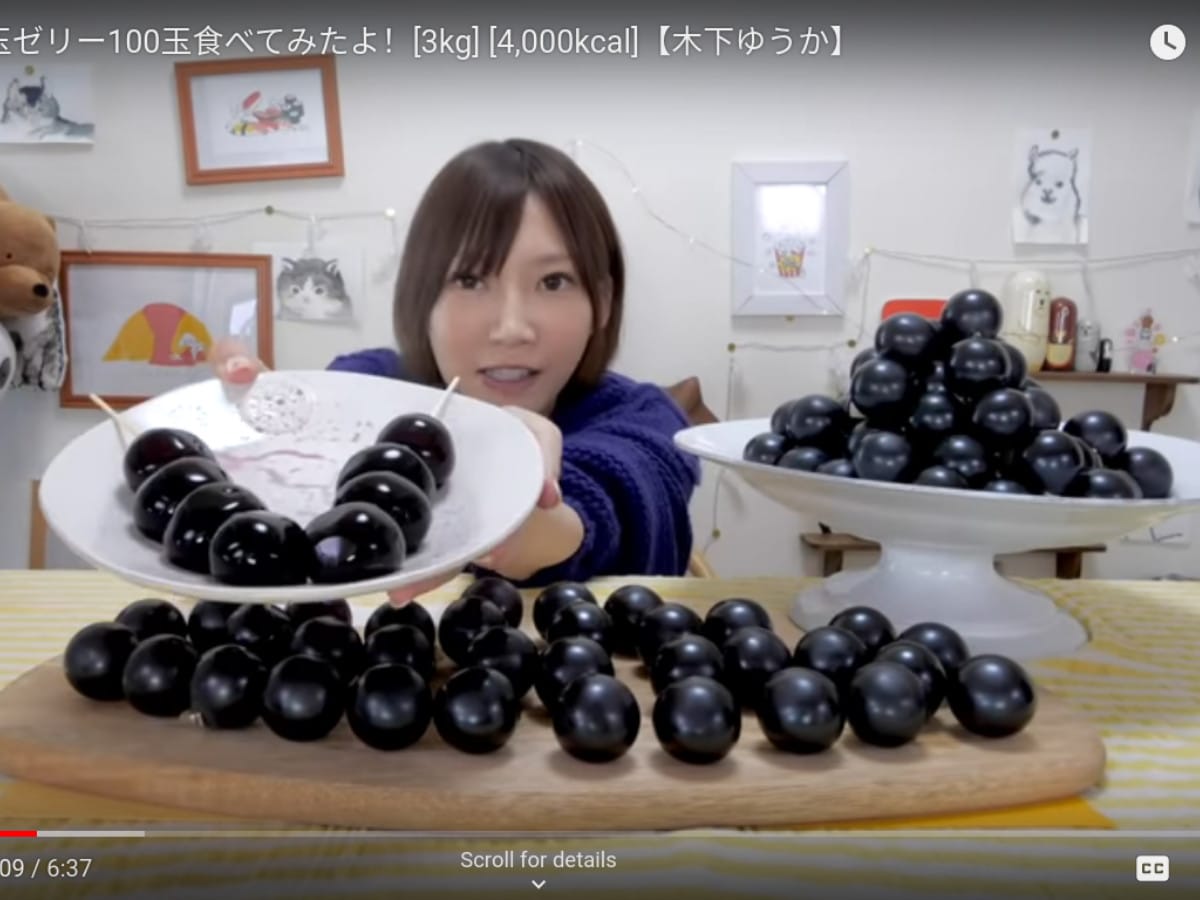
Source: © YouTube: "【大食い】巨峰玉ゼリー100玉食べてみたよ![3kg] [4,000kcal]【木下ゆうか】"
Petite YouTuber eats sumo-sized 4000 kcal of grape jelly and chugs a 1000 kcal giant coffee
- Tags:
- Competitive Eating / Dalgona Coffee / food vlogger / grape jelly / Sushi / vlogger / Yuka Kinoshita
Related Article
-

Parent’s Genius DIY Sushi Carousel is a Hit
-

Singaporean Baker’s Kawaii Chiffon Cakes Are Too Cute To Eat
-
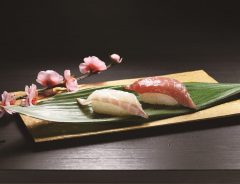
Rare longtooth grouper, ¥100 medium fatty tuna for limited time at Kurazushi sushi chain
-
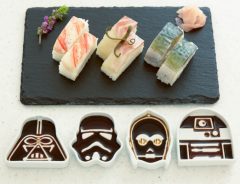
Star Wars Soy Sauce Dishes Combine The Force And Traditional Japanese Porcelain
-
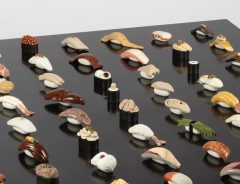
University student crafts gorgeous naturally colored stone sushi down to delicious detail
-
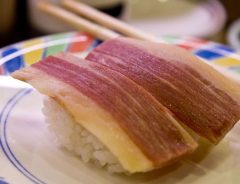
The Not-So-Traditional But Delicious Sushi Toppings Of Kaiten-Zushi


Japanese food is fantastic. After a long day of work, there is nothing like pigging out on teishoku, a set menu of Japanese cuisine. A big bowl of steaming gokokumai (mixed 5-grain rice), a cut of fish, some Japanese pickles, a small bowl of miso soup, and salad. Oh, and maybe some tonkatsu—fried pork on cabbage. Top it all with katsu sauce. Mmm-mmm.
It was a mistake to write this article hungry.
Living in Japan, the lucky thing is, if relatively cautious, most dining options are innocuous. While there's more fried food than there used to be, Japanese cuisine is notoriously healthy. Containing a lot of seafood and pickled items, Japanese portion sizes are reasonable. Even fast-food meals have down-to-earth calorie counts.
Such a healthy diet helps keep waistlines trim. According to mic.com, the rate of obesity in the land of the rising sun is about 3.5% (2014 data). Compare this to a whopping 36.2% in the United States, 29.4% in Canada, and an unbelievable 61.0% in Nauru. Although there is terrific cuisine in these countries—poutine, for example—such delectable dishes come with heavy consequences.
Feeling Peckish
If you read up on Japanese dietary habits, you’ll find that they consume 200 fewer calories than their western counterparts (again, portion control is reasonable here, even at restaurants). Yet, YouTuber Yuka Kinoshita apparently hasn't heard the news. Her channel focuses on sensational snacks and sumo-sized dished.
Indeed, Yuka has one of the greatest hobbies I can imagine: indulging in her favorite foods and sharing it with the world. The crazy thing is, despite her petite figure, the vlogger has likely consumed millions of calories throughout her videos. Yet, she remains slim-wasted and genki. Japanese women know something the rest of us don't.
100 Grape Jelly Balls—4000 kcal
First up for Yuka are Kohyo Grape jellies, gigantic jelly balls wrapped in plastic that are common in Korea. Sweets packaged in these elastic wrappers are not uncommon in Japan. The plastic wrapping is incredibly fun to open. Just like Yuka, all you need is a toothpick to pierce the cover. As the wrapping is tight, the tension pops the plastic off, and you're ready to go.
In her video, the YouTuber amasses a collection of jellies and pops them open, struggling occasionally. She pulls up a hot mug of roasted green tea and chomps away. To be honest, I can only eat a little sugar at a time, so about half-way through her video, my stomach starts to turn. But I'm sure the sweet-lovers among us won't have any problem.
Although Yuka seemingly has a betsu-bara, an idiomatic “separate stomach" for sweets (AKA a "sweet tooth" in the West), she is fond of tea. She explains she can't help but utter "ahhh" after every sip. It's just too refreshing.
An Ultra Mega Dalgona Coffee—10000 kcal
To wash down all that grape Jelly, Yuka pulls out her most massive champagne glass and lines up her ingredients. It's time for the Ultra Mega Dalgona Coffee.
Watching the YouTuber prepare the instant coffee makes me jitter—it's just so much caffeine. Nevertheless, with expert concentration, she dishes out the coffee mixture after pouring in the milk. And with novelty straw in hand, she drinks.
At first, Yuka can only drink coffee. It turns out mixing the concoction was more challenging than expected. By and by, she achieves a blended beverage and can finally enjoy it. Maybe. As the vlogger drinks on, the coffee turns out to be more concentrated than she intended. Probably not the healthiest thing in the world. Nevertheless, she adds some more milk and powers on.
Finally, by the end of the video, I notice Yuka speaking a little faster than before. I can't imagine she be sleeping anytime soon.
3 kg of Mister Donut Sakura Donuts—6000 kcal
What goes with coffee? Donuts, naturally. So Yuka starts this video by mixing up some Malaysian instant coffee in her newly acquired 1-liter mug cups.
Next, its time to dig into the Mister Donuts Sakura line of donuts. These pastries are fancifully flavored and a springtime favorite in Japan. Many have a soft and chewy texture that Japanese people call mochi-mochi. The collection even includes donut holes, something I haven't eaten since I was a child.
Regardless, Yuka makes quick work of this collection. Her video is only 11 minutes long.
200 pieces of New Years Sushi—13351 kcal
To ring in 2020, what could be better than 200 pieces of sushi? Enough raw fish to feed a small militia. Nevertheless, according to the vlogger, it’s a great way to start the year new. The meaning of the dishes are happiness (幸) and good fortune (福).
As a fitting theme to the video, Yuka takes some time in between bites to reminisce about Japanese television. If you're unaware, there is a lot of special programming during the New Year. A portion of it is comedy based and, IMHO, hilarious. Yuka reminds viewers that nothing is better than eating delicious food while laughing and having a good time. A sentiment she expresses perfectly in her tagline: Let's Eat and Be Happy. And with a rumbly in my tumbly and dinner waiting, I couldn't agree more!